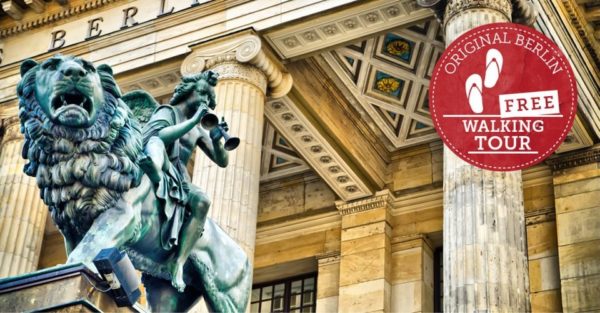Introduction
In the centre of Europe, there was physical as well as political split through the East and the West German separation by the Berlin Wall. This gigantic construction influenced and determined lives of tens of millions people for almost person’s quarter of a century. Studying the topic will millions of readers learn the history, peculiarities, and the actual removal of the Berlin Wall, which is one of the major events of the twentieth century.
Building the Berlin Wall
The construction of the wall started at 13 August 1961 and could be regarded as the turning point in Cold War confrontation. Its objective was to halt migration of East Germans to West Germany through Berlin, which was gradually decline the population of the GDR. It was an opaque structure measuring ninety-six miles across the city of Berlin made up of Wall segments, strands of barb wire, watch towers and a death zone manned by armed guards.
The wall was a realisation of the political enemity between the socialist Soviet and its satellite, GDR on the one hand and the capitalist West Germany on the other hand. Many people in east Germany had moved to the west in order to get the better economic treatment and freedom which resulted into a serious brain drain in GDR. To stop all this, a wall was erected with the aim of putting an end to the integration of people on the two sides.
The Impact on Berliners
The event that had the biggest impact in the lives of the people of Berlin was the construction of the Berlin wall. People’s relations were disrupted, people were separated from their families, friends for the night. Lanes that had once been an open ground for people to cross turned into no go zones, and a city that had once been one was split into two. The Wall made West Berlin, which was a lively city of growth, surround it, while East Berlin ended up becoming more and more cut off.
To sum that situation, the everyday activities of Berliners were affected. People had to look for other means, public transport and sometimes even their business areas became deserted. The wall served a reminder of the bitterness of the two nations being divided and the hardships-of the East Germans during the GDR rule.
The Fall of the Wall
Since October 1990 East and West Germany have joined together again and thus the history of united Germany began with the Reunification on the ninth of November 1989 when the wall between East and West Germany was demolished. Obviously, it is a continuation of the political shifts such as glasnost and perestoika introduced in the Soviet Union for lightening political and social constraints.
To people’s amazement, the government of the German Democratic Republic, or East Germany, declares that people from East Germany are allowed to travel to West Germany. Many people gathered around the checkpoints being ready to get to the other side with the help of their willpower. While unable to control the situation and forcedly opening the checkpoints in response to the overwhelmingly large number of people, people reacted with joy and emotion.
The collapse of the physical divide that separated East and West Berlin was a dramatic and significant end to the Cold War in Germany as well as and the beginning of a united Germany. It led to a legal dissolution of the country and the actual reunification of East and West Germany on October 3 1990, politically and socially as well as economically.
Legacy and Lessons
The facts about the Berlin Wall make us united when we are divided and divided when we are united. It symbolizes hardship of people who are subjected to totalitarian governments and the longing for freedom. Seeing the wall coming down demonstrates to us the possibility of change when all have given up in hope.
The importance of the Berlin Wall has brought tourists and visitors to visit Berlin to seek out what is left of the divider and also memorials. Sadly, those physical memorials are the evidence of the endless battle between people, and the way human beings develop lessons from the cases of past mishaps.
Conclusion
The beginning of this segment was in the year 1961 with the construction of the divided of the Berlin Wall. The wall actually separated a city from its people and reflected the ideologies when constructed during the cold war. That said its collapse in 1989 was symbolic of a new dawn or better still the urge to be free and come together as one. The background of the Berlin Wall and its consequences allow us to learn more about the peculiarities of world relations and the essence of the phenomenon of a person.
Table of Contents


